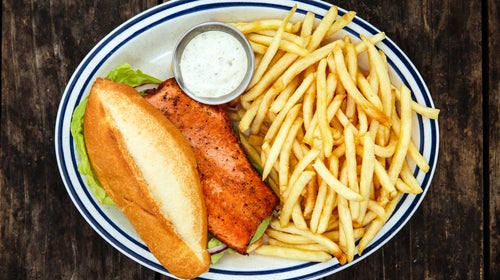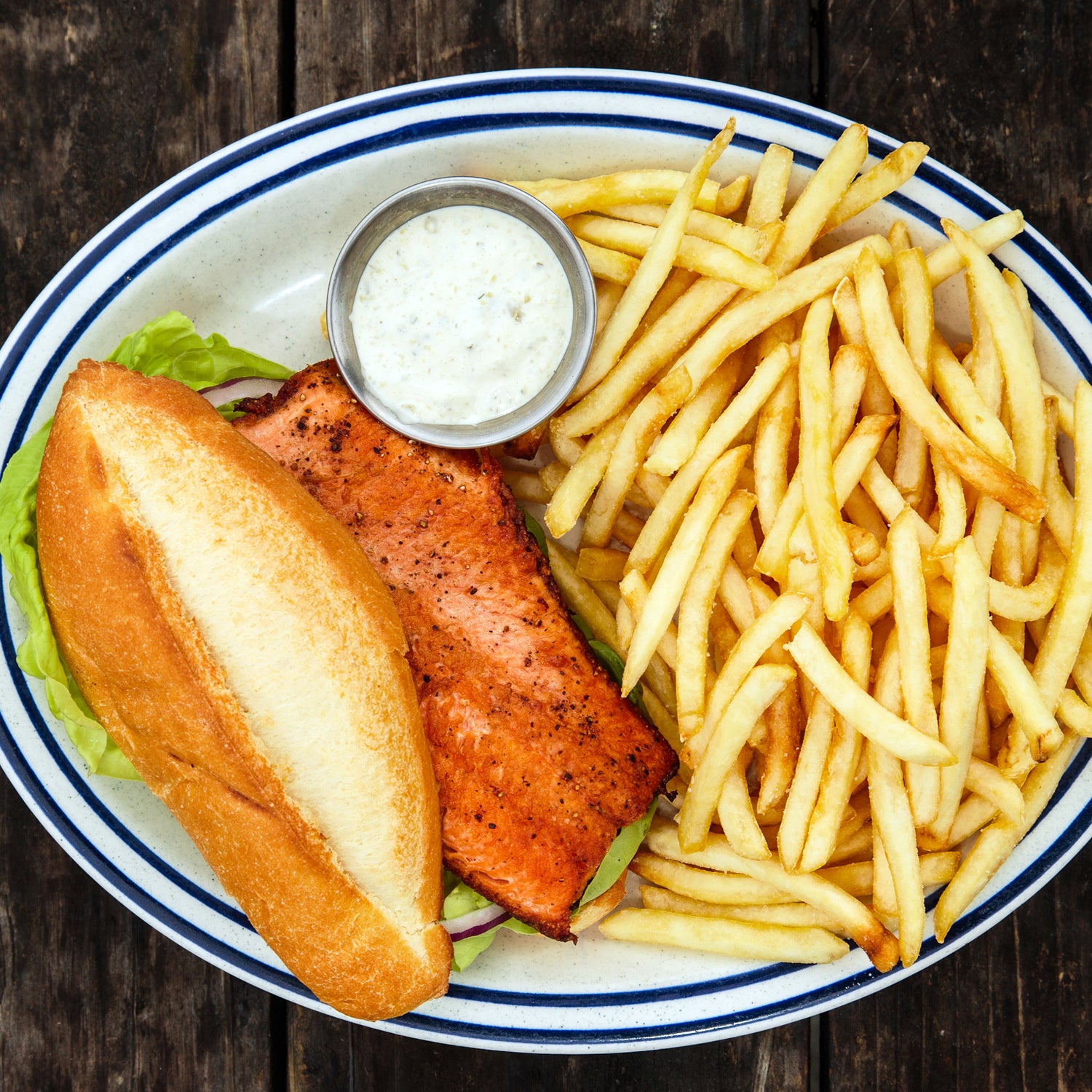Wild or farmed? Caught on a hook or with a net? As ocean stocks plummet, the question of which fish belongs on our plates is more confusing than ever. Let these six rules be your guide.
- Get curious about your fish. Inquiring about sustainability and how and where the seafood at supermarkets and in restaurants was caught puts pressure on retailers to provide better options. Learn more about catch methods from the Safina Center’s��.
- Download the Seafood Watch app. The ’s free app () rates more than 2,000 farmed and wild seafood options according to their sustainability—green is Best Choice, yellow Good Alternative, and red Avoid. Use the app at supermarkets and restaurants, and purchase Best Choice seafood whenever possible.
- Know your seafood farming. Some aquaculture practices are OK and some aren’t. The good news is that there are more Best Choice farmed options than ever before. Use the Seafood Watch app to see how a farmed fish is rated before purchasing.
- Move down the seafood chain. “Eat the rabbits of the ocean and not just the lions and tigers,” says Andy Sharpless, CEO of . “They’re more abundant, sustainable, and affordable.” Vary how often you consume, say, wild salmon by adding anchovies, herring, mussels,and clams to your menu.
- Get enough omega-3’s. Some seafood provides more omega-3 fatty acids than others. The average person needs at least 2,000 milligrams a week for brain and heart health. That’s about one six-ounce serving of high-level omega-3 seafood (like salmon or Pacific sardines), two servings of rainbow trout, or three of mussels. National Geographic’s�� lets you click on a fish type and see its omega-3 level and sustainability rating.
- Check the mercury content. Mercury levels are rising in some oceans, thanks to coal-burning power plants and other industrial practices. Mercury is a neurotoxin, so if you eat a lot of seafood it’s smart to be aware of your intake. Large predator fish, like swordfish, bluefin tuna, and shark, have higher levels than seafood lower on the chain, like salmon, mussels, and most farmed fish. The Environmental Working Group, a nonprofit dedicated to the health of people and the environment, has athat offers a list of sustainable, low-mercury and high-omega-3 options based on your weight, age, and other health factors.
The author, a longtime student of marine environments, dove into an amazing new world of ethical harvesters, renegade farmers, and problem-solving scientists. The result: a solution to global food insecurity in a flesh-eating world. PLUS: The geniuses on the front lines of sustainable seafood.


